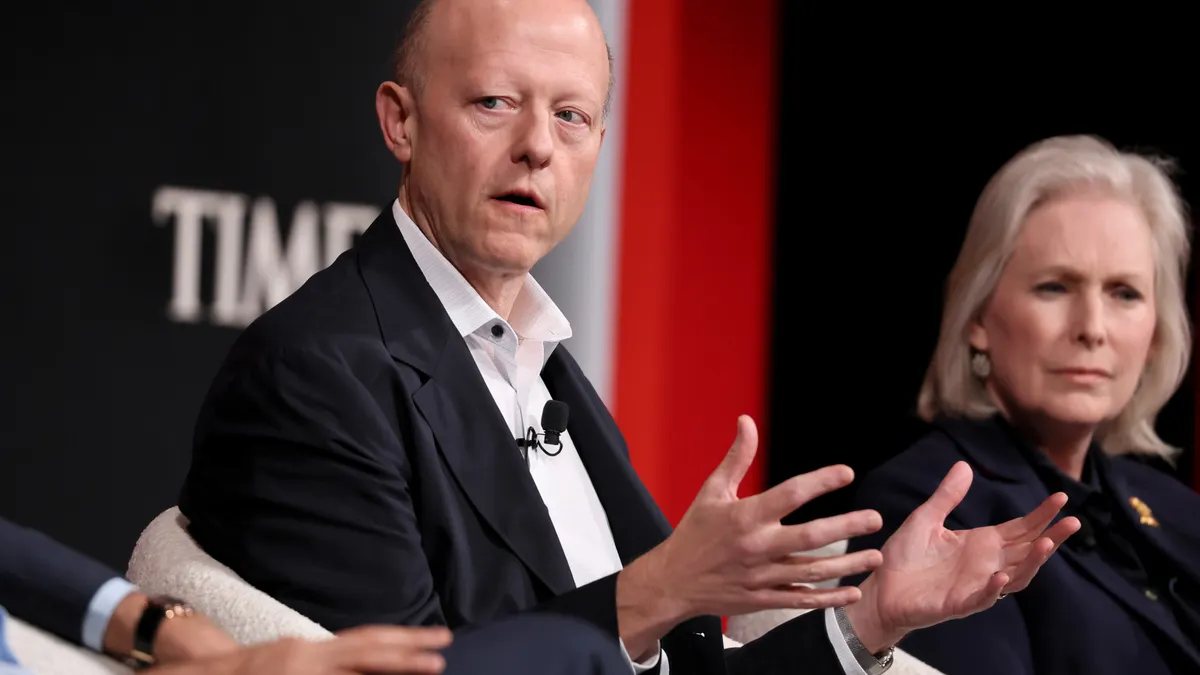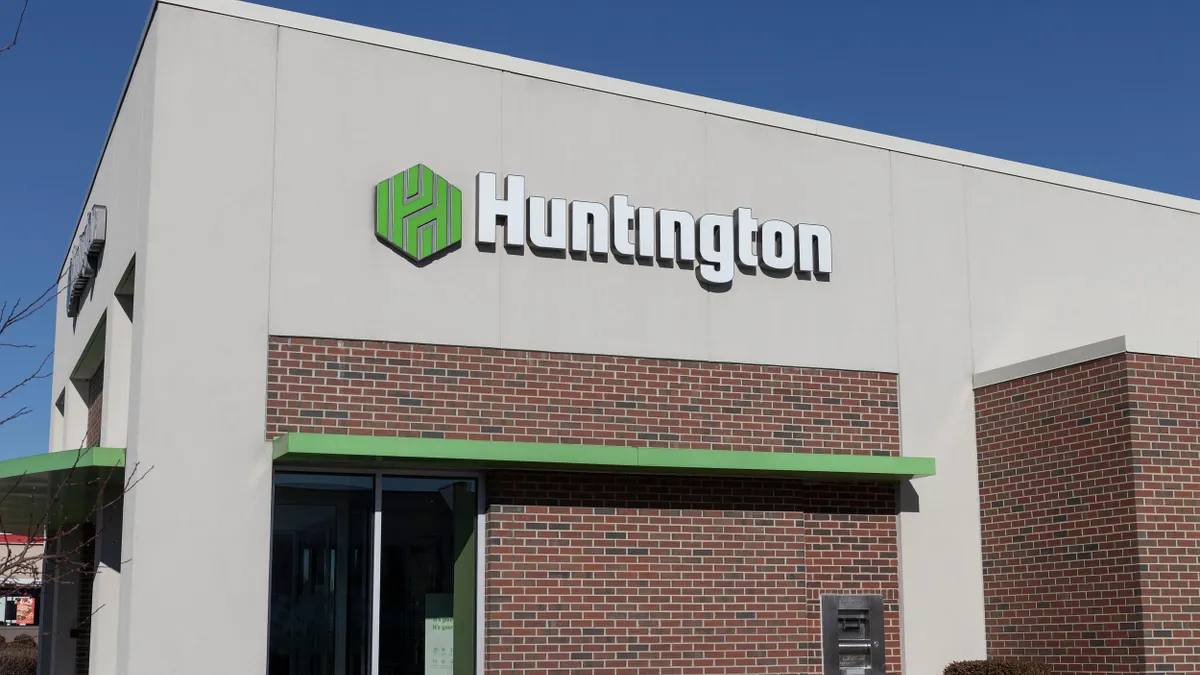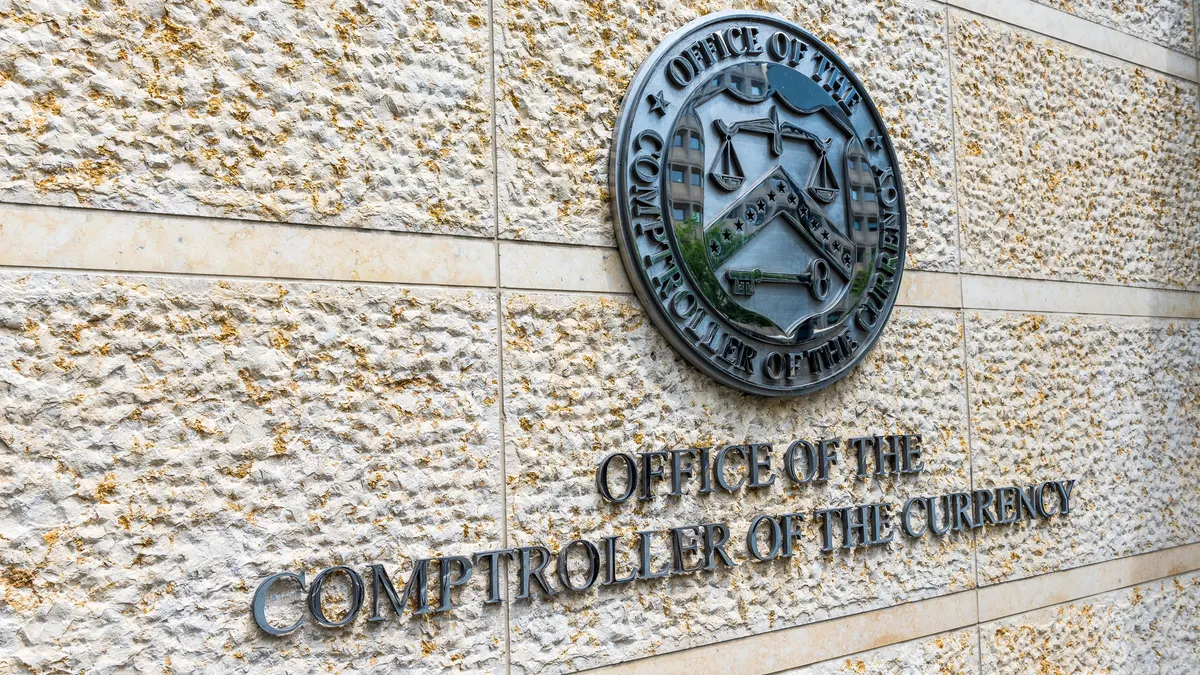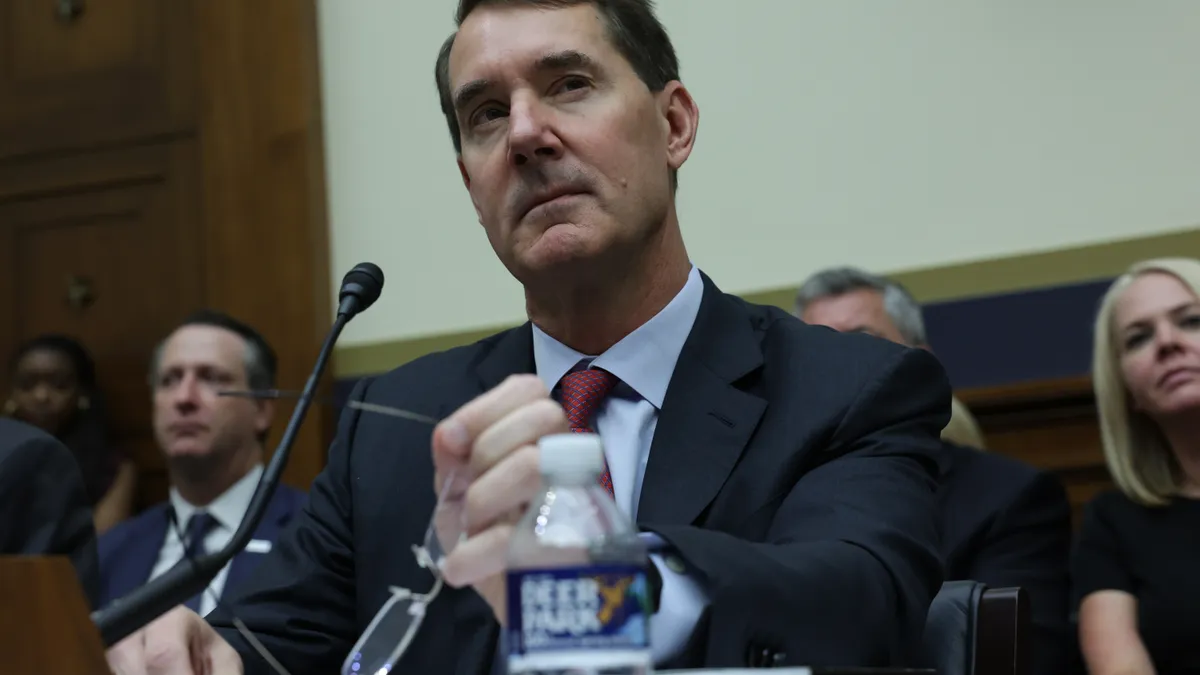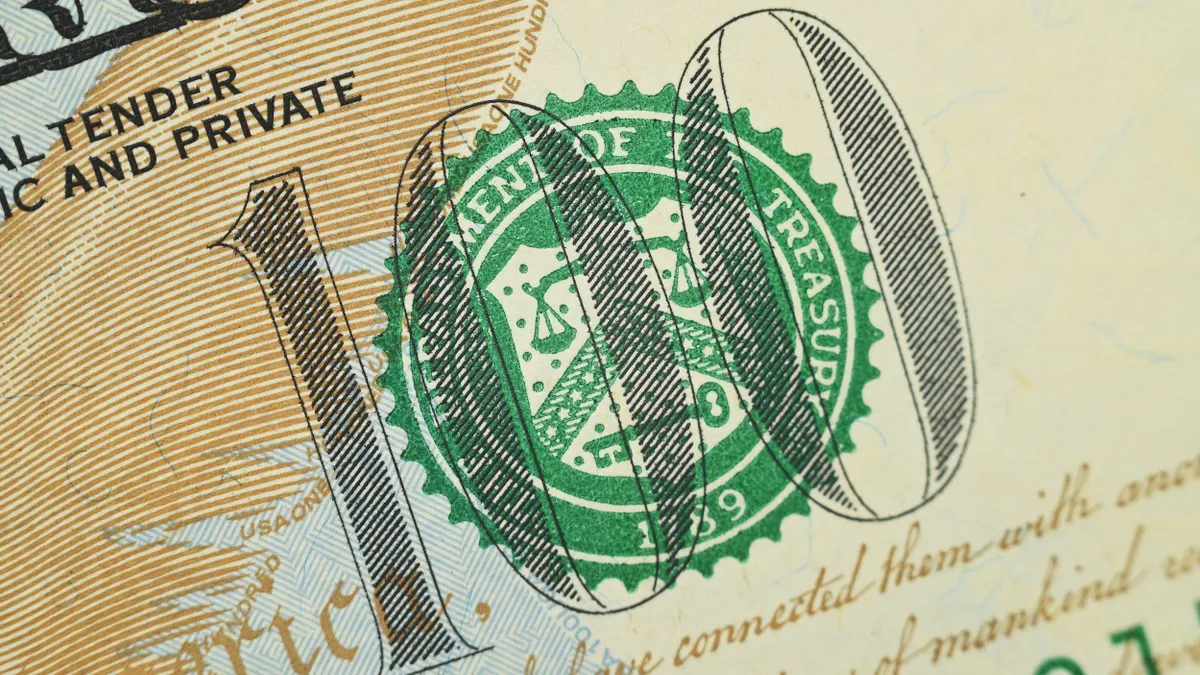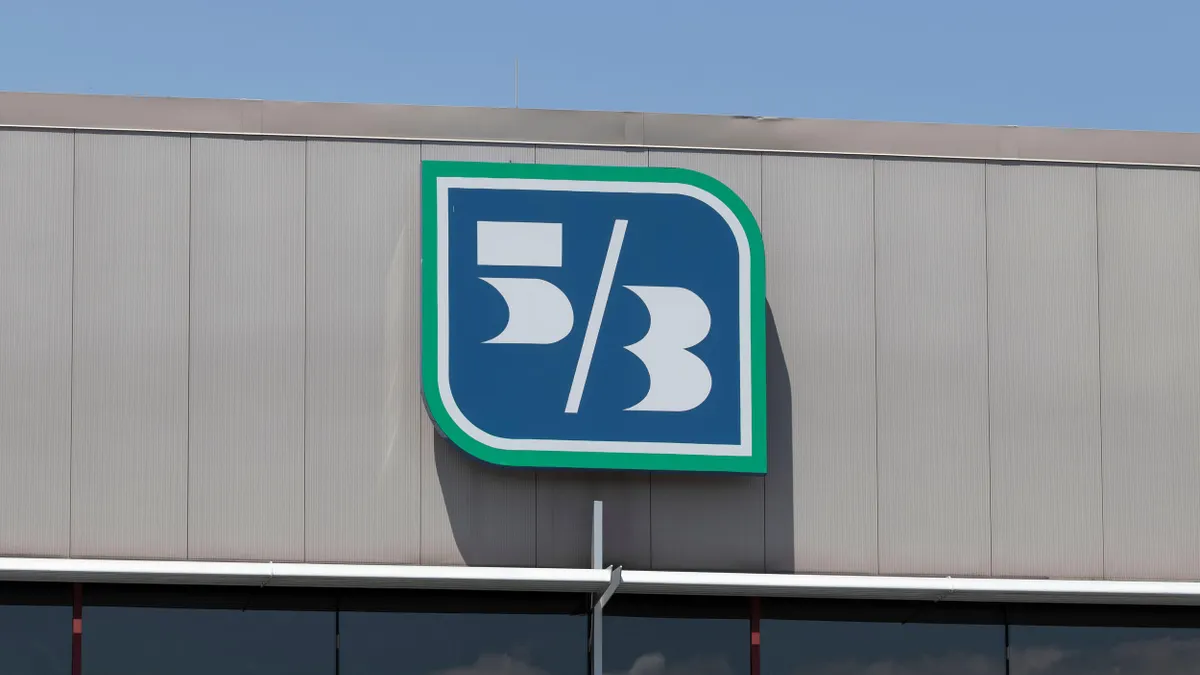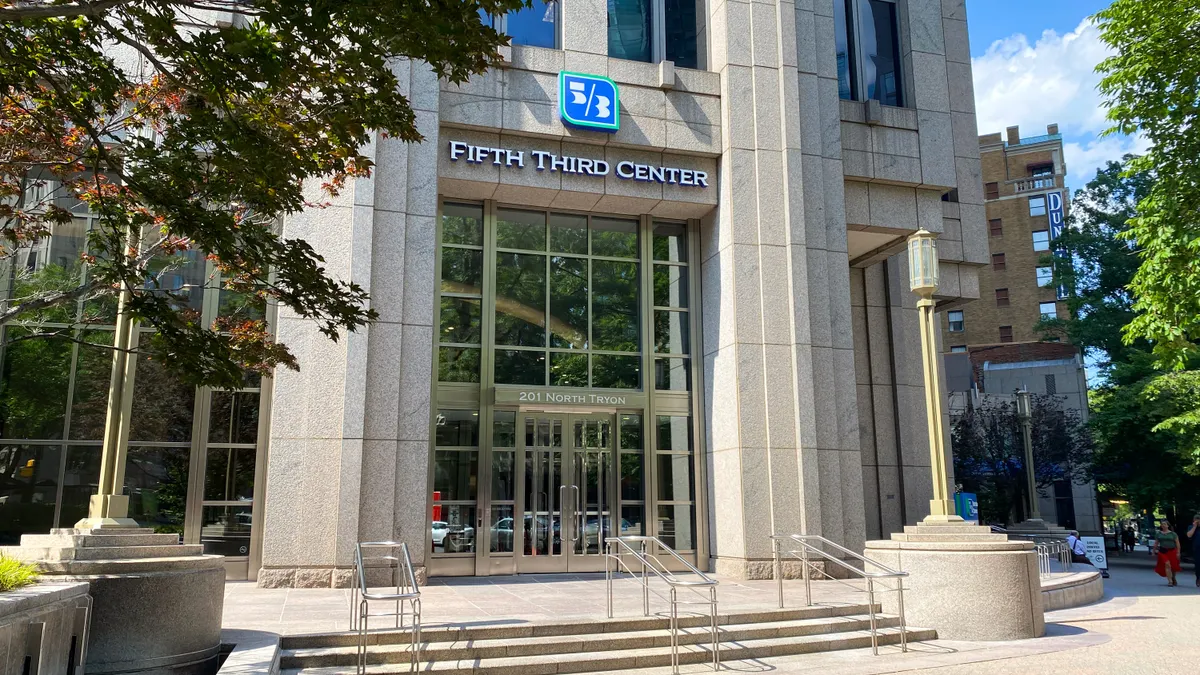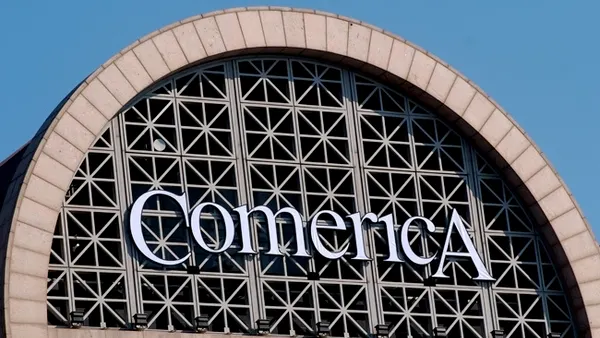A two-week window allowing firms with fewer than 20 employees exclusive access to the Paycheck Protection Program (PPP) started Wednesday, a change Biden administration officials say will ensure the smallest businesses are not left out of the forgivable loan program.
But the change is getting mixed reactions in the industry, with some questioning whether it's needed, said Michael Brauneis, managing director and U.S. financial services industry leader at global consulting firm Protiviti.
Given the amount of businesses with fewer than 10 employees that have already received loans since the program's reboot in January, Brauneis said, "many lenders are questioning whether the two-week exclusive window for smallest businesses is truly necessary."
The share of funding going to businesses with fewer than 10 employees in PPP's so-called 2.0 round that began in January is up nearly 60%, compared against last year's program at the one-month mark, according to the Biden administration's calculations.
The Small Business Administration (SBA) has approved $134 billion in loans since the program's relaunch — less than half of the $284 billion that was allocated to the program's reboot, according to data through Feb. 18.
"I think we all expected that there would be more demand for 2.0 loans than we've actually seen so far, and so steps to broaden access to funding and increase loan amounts in general are not surprising," Brauneis said, referencing several other changes to the program the administration announced Monday.
Rory Ritrievi, president and CEO at Mid Penn Bank, which has approved and disbursed more than $290 million in PPP loans to 2,047 businesses since the program's relaunch, said the Millersburg, Pennsylvania-based bank has seen demand from applicants of all sizes.
"We continue to see applications from micro, small and medium-sized business flow in at a steady pace," he said. "We welcome the opportunity to help these smaller companies for this two-week period, but will be at the ready for any larger PPP borrowers temporarily sidelined by this announcement."
Community banks are having different experiences with application volume, said Karen Thomas, senior executive vice president of government relations and public policy for the Independent Community Bankers of America (ICBA).
"Perhaps the two-week window for businesses with fewer than 20 employees will encourage those businesses to get their applications in," Thomas said.
Brauneis said he thinks the two-week window could be seen as a Biden administration effort to get banks to actively seek out smaller borrowers.
"The logic is that, by making the smallest businesses the only game in town for the next two weeks, lenders will be motivated to seek these borrowers out. Also, lenders will be able to spend the necessary time coaching them through an application process that, especially for small businesses without dedicated finance or accounting resources, can be confusing," he said. "However, the jury is still out regarding whether this will increase new loans to these borrowers or if the problem is more related to demand ... Are there just fewer of these businesses seeking loans than everyone anticipated?"
Brauneis said his concern is that the two-week pause may decrease the total number of loans and funding levels under the program by shortening the time period the rest of the eligible market has to apply before PPP ends March 31.
"I wouldn't be surprised if efforts are made to extend the end date if it's clear that both funding and demand remain at that point," Brauneis said.
Richard Hunt, president and CEO of the Consumer Bankers Association, applauded the revamp but called for the administration to address some of the issues that have frustrated lenders and borrowers since the program's relaunch.
"[W]ithout addressing issues lenders have raised since the program reopened, like streamlining some of the bookkeeping requirements imposed by Congress and addressing issues with the SBA's internal processing systems, this two-week window will not fundamentally alter the roadblocks businesses are facing," he said in a statement Monday. "It is like giving everyone a train ticket on an unfinished railroad."
In addition to instituting the two-week window, the Biden administration on Monday revised the way PPP loans are calculated for businesses without employees, such as sole proprietors, independent contractors and the self-employed.
Lenders, however, weren't given advanced notice, which could add some stress as processes and systems are updated to accommodate them, Brauneis said.
Brauneis said lenders were caught off-guard and have been scrambling to implement the changes while moving as many existing loans as possible through the pipeline before the two-week exclusivity period started.
Applications that were already submitted ahead of the two-week window will continue to be processed, the SBA said, according to Thomas.
"I think bankers might have been concerned if they expected to see a pause in what's already in the pipeline, but that won't be the case," Thomas said.
The Biden administration on Monday said it would "increase opportunity for lenders to provide recommendations and ask questions about the PPP and drive resolution of open questions and concerns in a more streamlined way."
Thomas said the ICBA was "intrigued" by the statement, and hopes it will alleviate some of the program's communication issues between the SBA and the banks participating in the PPP.
"We know SBA has undertaken a gargantuan task, but the challenge in getting clarity where there's a need for it has been a source of frustration for us and for bankers," she said. "If ICBA can get an answer to a question, we're able to disseminate that widely out to the bankers and that's going to relieve the pressure on SBA. ... We are looking forward to the ability to ask questions, but more importantly, get answers that will help borrowers and lenders."





